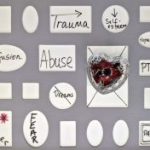
With so many children dealing with adverse conditions and trauma, this lesson is critical when teaching child development. The Brain & ACES Hyperdoc helps to understand the impact on a child’s development.
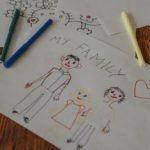
If you teach about the family, you no doubt include a few lessons or a unit on the family life cycle. In my class, I focus on each stage and do an in depth study around each stage. However, I have to introduce the stages of the theory and have done so in a variety of ways. Normally, I do an iron chef intro, but this year, due to a smaller class, I had to create a different strategy. I will include both versions in this Family Life Cycle Stages & Case Study post.
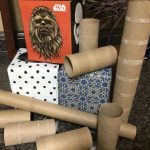
Toys purchased from stores can be expensive only to have children play with them for a brief period of time before setting them aside for something else. Empty boxes and containers, on the other hand, make great toys and allow for way more imagination and creativity. Better yet, they don’t cost you anything extra as you were probably going to recycle them anyway! Let students learn about the value of cardboard toys as they explore and engage in the following lesson.

There are many aspects of children and art that can be incorporated into a child development class. When exploring Children & Art, you can look at everything from its benefits to development, to why it needs to be open-ended and focus on the process over the product to how we talk about it with children. This lesson and corresponding activities infuses all of the above! Have a look to see how you can include children & art into your repertoire!
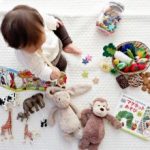
If you teach about Howard Gardner’s theory of multiple intelligences and are looking for a fresh project, I may have just saved you some time creating something new! The Multiple Intelligence’s Toy Bag Project is an engaging assignment that can be done hands-on or digitally with your students depending on your time and technology availability!
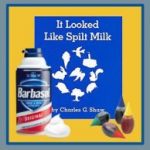
As a parent or child you probably had a love, hate relationship with messy play. I know I loved it as a child, but my parents were not big fans, at least not in the house! As a parent, I also loved it and saw the value and importance in it for a child’s development! This lesson not only explores the need for it, but also allows students to engage, first hand, with messy play and evaluate the benefits of it for themselves.

I have been implementing hexagonal block activities in my classroom for the past couple of years and wanted to find a way to utilize them at the beginning of the year. Because our students will all be returning in person, the “All About Me: Hexagonal Doodle Blocks” will be a great way to ease them back from remote/cyber learning and help all of us reestablish relationships with this creative, hands-on activity.
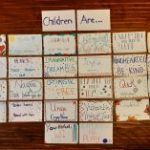
Each fall, when I go back to my classroom, I’m always faced with blank bulletin boards! Because I like to decorate my room with student work, I often use this ABC Children Index Card Bulletin Board Activity during the first week of school in my child development class. Not only does it help make my room more aesthetically pleasing, but it’s an engaging filler that’s easy to adapt for that intial period when schedules are in constant flux.